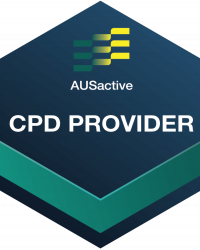Wunda Chair Repertoire
Mobility:
Leg Work: Achilles Stretch
Alternate Names
Calf Press, Tendon Stretch, Ankle Press Down
Derived From
Classical Reformer: Foot Work Tendon Stretch
Primary Element
Mobility
To develop and improve range of motion at the ankle (or talocrural) joint, working the lifted or front leg away from the body using the gluteal muscles, and challenging pelvis stability.
Secondary Element
Strength
To create and develop strength in both the gastrocnemius muscle and soleus muscle (calf muscles) during the plantar flexion motion of the exercise.
Tertiary Element
Stability
To create, develop and connect with the pelvis stabilisation muscles such as gluteus medius and the deep core transversus abdominis.
Repetitions
8-10 Each Side
Apparatus Setup
Suggested springs
- Exo Chair by Balanced Body
- Cactus style number system
- one spring on setting 1 and one spring on setting 2
- Cactus style number system
- Resistance: light to medium
Scan the apparatus once the client is moving for correct set up (Clain Pilates, 2002)
- Pedal position first – check the dowl is secure if split pedal
- Springs second
- Handles or small apparatus such a ball or Magic Circle last
Plane of Motion
Sagittal
Targeted Muscles
To create, develop and connect with the pelvis stabilisation muscles the focus is gluteus medius and gluteus maximus and the deep abdominal muscles transversus abdominis.
During the calf raise movement the calf muscles of the lower leg. They comprise
- Gastrocnemius muscle which runs on the posterior leg from the femur or thigh bone to the heel or near the Achilles tendon. It is layered above the soleus and the most superficial calf muscle, and forms for bulk or belly of the calf. When the foot plantar flexes or the knee flexes (or bends) the gastronemius is contracting
- A way to remember? “Gas explodes” as the gastrocnemius is responsible for explosive movements (KenHub, 2022) and provides the force behind walking, running and jumping movements
- Soleus which runs on the posterior lower leg from just below the knee to the heel or near the Achilles tendon. It sits underneath the gastrocnemius muscle. When the foot plantar flexes the soleus is contracting. It also works as an anti-gravity or posture muscle.
- A way to remember? “Stand on your soles” as the soleus is a posture muscle (KenHub, 2022)
Warnings
Not suitable for some knee and ankle pathologies, or if the client is unable to work in a pain free range of motion during the exercise. To make the exercise more comfortable use a foam mat or padding at the front of the Wunda Chair to support the knee.
Execution
Stand facing the chair, with the trunk stable on a diagonal line. Put your hands on the chair, one foot on the pedal and press the pedal half way down. Put your knee on the front edge of the chair and keep your back leg straight. Plantarflex the foot and press the pedal and dorsiflex lifting the pedal.
Observations
Do a body scan of the client taking note of the following points
- Pelvis
- Are the hip bones even horizontally or is the client leaning towards and biasing one side?
- Legs
- Is the lifted or front leg resting on the Wunda Chair at the tibial tuberosity or just below the knee, as opposed to the knee cap (or patela)?
- Is the back leg straight with the heel reaching into the mat or floor?
- Feet
- Can the client dorsi and plantar flex without the heel moving side to side laterally?
- Is the ball of the foot on the pedal as opposed to the big toe taking the load of plantar flexing?
- Apparatus
- Is there tension on the springs the whole time?
Learning Style Technique Cues
Auditory – word associations that connect mind and body
- Count from 3, 2, 1 for each flex and point to keep the same control and tempo for each repeition
- Say the client’s name when you’re about to interact with them
Visual
- When you flex and point the feet it connects the legs to the centre in a different way. Flexing usually engages quadriceps more, pointing will engage the back of the body or posterior chain so focus on the visual connections throughout the whole body
- You may demonstrate a part of the movement as a visual representation for the client to see
Kinaesthetic
- Press through the ball of the foot as you flex and point
- Push the foot down into the pedal to help lift and engage into the abdominals
- Avoid locking up into the ankle (or talocrural) joint at the top of your point
Modifications and Variations
Regress the exercise by
- Reducing the spring resistance to connect more into the stability component of the exercise
- Reduce repetitions and/or pace
Regression Repertoire to work on:
Progress the exercise by
- Adding spring resistance as the heavier the spring setting the more the equipment will try to throw you off balance
- Adding repetitions and/or pace and maintaining the same level of stability and control
Progress or add the reformer exercise Running Preparation
Progression Repertoire to work towards:
Series and Transitions
Transition into:
or alternatively to continue the press down off the feet to connect into the centre:

